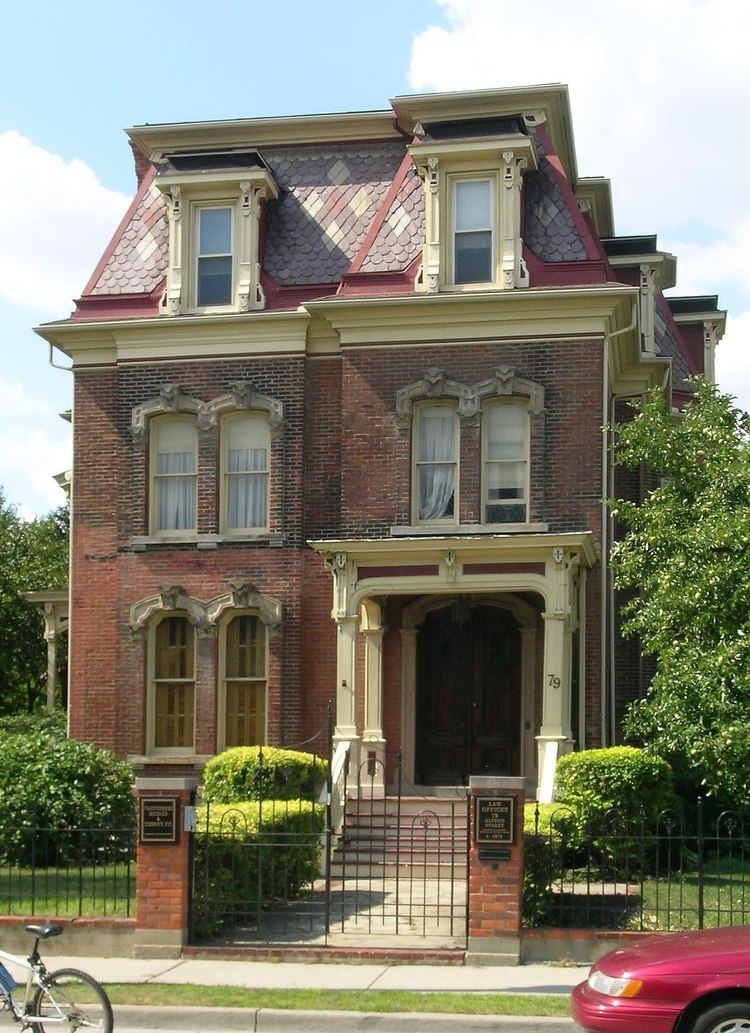Built 1872 Designated MSHS November 15, 1973 Added to NRHP 5 March 1975 | NRHP Reference # 75000966 Opened 1872 | |
 | ||
Architectural styles Second Empire architecture, Second Empire architecture in Europe, Italianate architecture Similar George W Loomer House, William C Boydell House, Albert Kahn House, Bernard Ginsburg House, Hunter House | ||
The Hudson–Evans House is a private, single-family home located at 79 Alfred Street in Midtown Detroit, Michigan, within the Brush Park district. It is also known as the Joseph Lothian Hudson House or the Grace Whitney Evans House, and is currently used as the offices of a law firm. The house was designated a Michigan State Historic Site in 1973 and listed on the National Register of Historic Places in 1975.
Contents
History
The Hudson–Evans House was built circa 1872/73 for Philo Wright, a Detroit-based ship owner. In 1882, the house was given as a wedding present to Grace Whitney Evans, daughter of the lumber baron David Whitney Jr. (builder of the David Whitney House). Grace Evans was active in numerous charitable activities, and later became the first president of the Detroit YWCA. Between 1894 and 1904 Mrs. Evans rented the house to Joseph Lowthian Hudson, founder of Detroit’s J.L. Hudson Company department store.
The structure is now used for the law offices of VanOverbeke, Michaud, & Timmony, P. C.
Description
The Hudson–Evans House is a three-story house built of red brick on a rough-cut stone foundation, designed in a French Second Empire architectural style with Italianate influences. The floor-plan is basically rectangular, but the elaborate two-story bay windows that grace both sides of the house minimize the severity of the design. Arched moldings top the windows in the home, and the mansard roof includes colored slate laid in a decorative pattern. The porch on the home was apparently added after the original construction.
